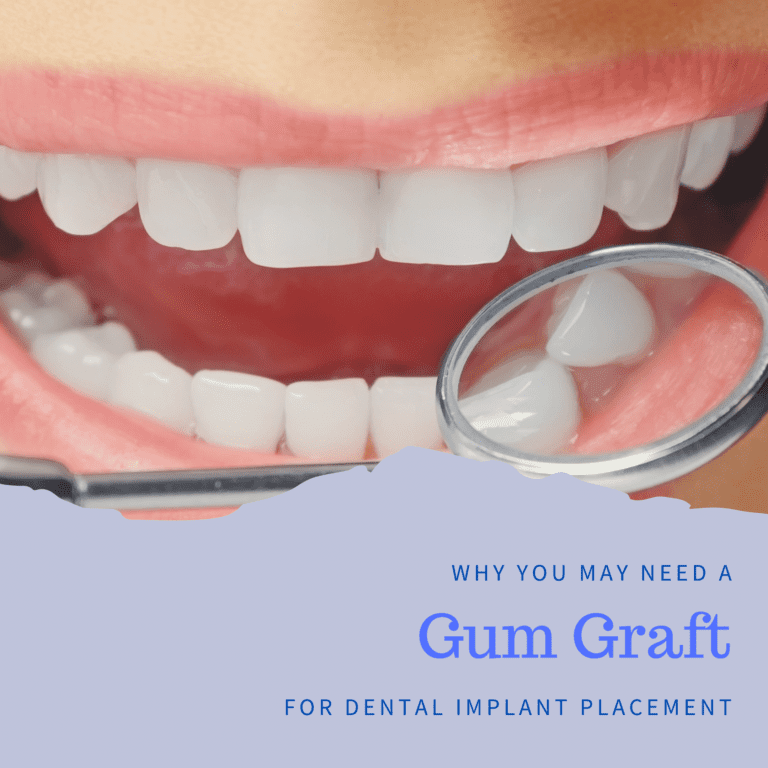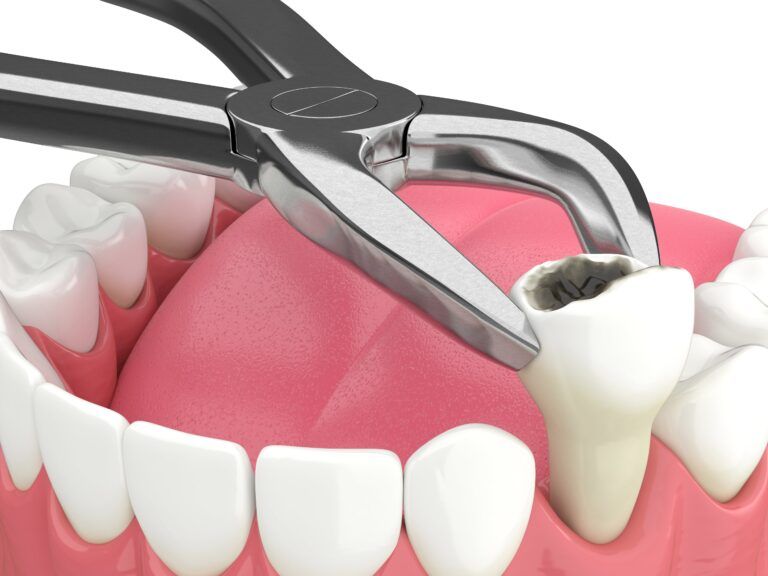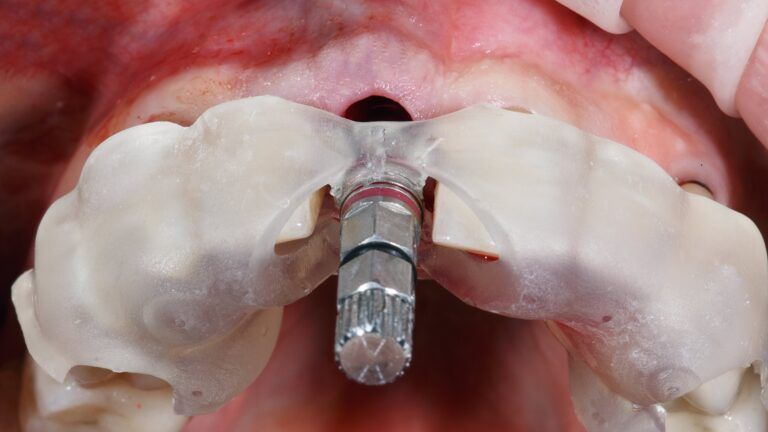Many people only think about replacing missing teeth when they are considering having dental implants placed. As such, they may consider extracting severely damaged or decayed teeth before or in addition to having dental implants placed. In some cases, bone grafts may also need to be performed in order to make up for the bone loss associated with missing teeth. However, there are some cases where tooth extractions and bone grafts are not the only supplementary procedures performed in coordination with dental implant surgery. In fact, your implant dentist may recommend having a gum graft in coordination with your dental implant procedure.
Gum grafts are performed on patients whose gums have receded and exposed the tooth roots, usually due to gum disease. During a gum graft, soft tissue is taken from another place in the mouth and grafted onto the gum area where recession has occurred. There are three different types of gum grafts, including:

- Free gingival graft: tissue is removed directly from the roof of the mouth and attached to the gum area.
- Connective tissue graft: a flap is cut on the roof of your mouth and tissue is harvested from below the flap. The harvested tissue is known as subepithelial connective tissue and is stitched to the gum tissue. The flap on the roof of your mouth is also stitched back down.
- Pedicle (lateral) graft: tissue is grafted from other gum tissue around the area in need of a graft.
Ideal candidates for dental implants have healthy gums that are firmly attached to the teeth. Unfortunately, many people are affected by gum disease and often have some degree of gum recession. Even those free from gum disease may still have gum recession caused by other factors such as overbrushing, tooth position, teeth grinding or clenching, genetics, or gum tissue trauma. Regardless of the cause, gum recession increases the risk of dental implant failure.
For this reason, your dentist will likely recommend a gum graft before your dental implant procedure if you have gum recession. If you need to have one or more teeth extracted prior to having dental implants placed, it is likely that your implant dentist will also perform the gum graft at the same time. Performing a gum graft immediately after a tooth extraction prevents the gum tissue from receding further and helps to preserve the existing bone mass. Both of these things are essential for dental implant success and this approach results in better treatment outcomes.

In addition to ensuring the proper healing of your dental implants, gum grafts are also performed to maintain the aesthetics of your smile after dental implant placement. One of the main benefits of dental implants is that they resemble natural teeth and are a highly aesthetic way to replace one or more missing teeth. However, the aesthetic appearance of dental implants can be ruined when the gums recede and expose the junction between the dental prosthetic and the abutment. Performing a gum graft maintains an adequate amount of gum tissue so that this junction is properly hidden below the gum line. Not only does this maintain an attractive appearance, but it also prevents bacteria from accumulating within this junction.
As you can see, gum grafts are essential procedures performed in patients with gum recession who want to have dental implants placed. Gum grafts help to maintain bone mass and prevent future gum recession. This decreases the risk of implant failure, as well as prevents complications associated with exposed dental implants. If your gums have receded and you are considering having dental implants placed, talk to your implant specialist to find out if a gum graft is right for you.

Irfan Atcha, DDS, DICOI, DADIA at New Teeth Chicago Dental in Chicago, Illinois is a board-certified general dentist and a nationally recognized expert in dental implants, cosmetic dentistry, and sedation dentistry.





